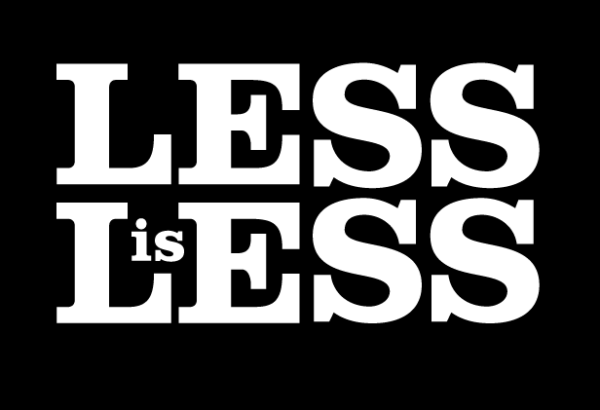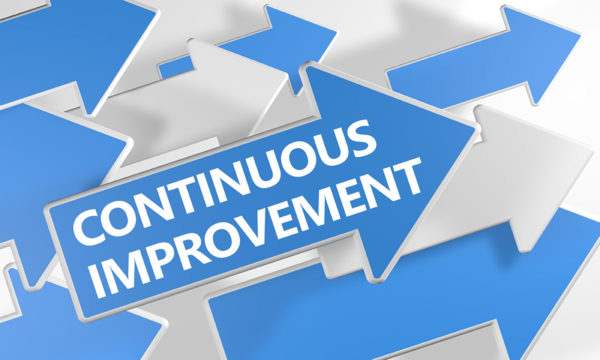There’s a habit your organization can develop that will result in raising more money and keeping more of your donors each year.
It’s the habit of regularly using the mail and email to stay in relationship with your donors.
Here’s why the habit of regularly sending mail and email to your donors is so powerful…
The habit of regularly Asking your donors to do meaningful, powerful things with a gift through your organization results in more gifts. Donors in motion tend to stay in motion. Donors at rest tend to stay at rest.
The habit of regularly Reporting to your donors shows and tells them that their gifts make a difference. Donors who know their previous gift made a meaningful difference are more likely to give to you again than donors who don’t.
The habit of regularly contacting your donors always works better than “going dark” for weeks or months at a time.
The habit of regularly contacting your donors via letters and emails is more effective than Social.
The habit of regularly contacting your donors always works better than sending nothing.
Getting in the habit of regularly sending out mail and email, paying attention to the results, always works better than any other approach.
It’s a habit you must develop
First, you must get past the idea that mailing your donors more than a couple times a year will somehow result in the mythical “donor fatigue.” If you need help with that, look here. Or here.
Then you have to realize that each piece you send out is not precious. Each piece you send out is an overwhelmingly positive incident that raises money, keeps you in touch with your donors, and is a learning opportunity.
Then you just have to practice. You need repetition. Sending out mail and email is like any other skill; you get better with practice.
Show me an organization that has developed a habit of regularly mailing and emailing its donors and I’ll show you an organization that has deeper relationships with its donors and keeps more of its donors every year.
This post was originally published on January 7, 2021.






